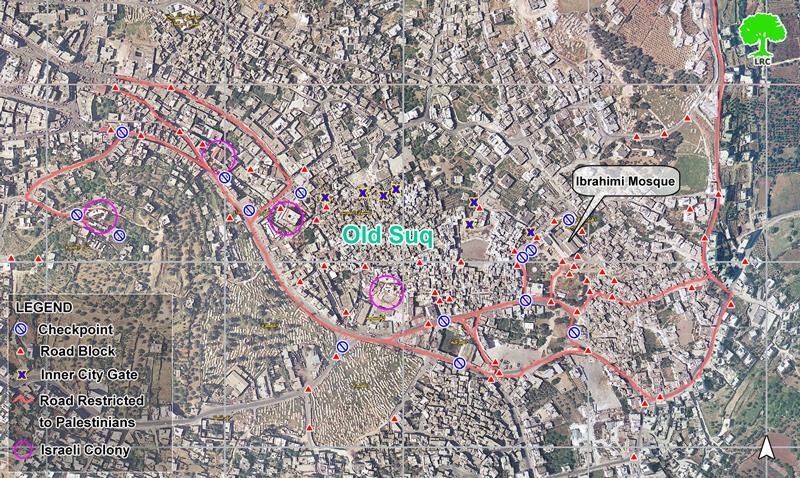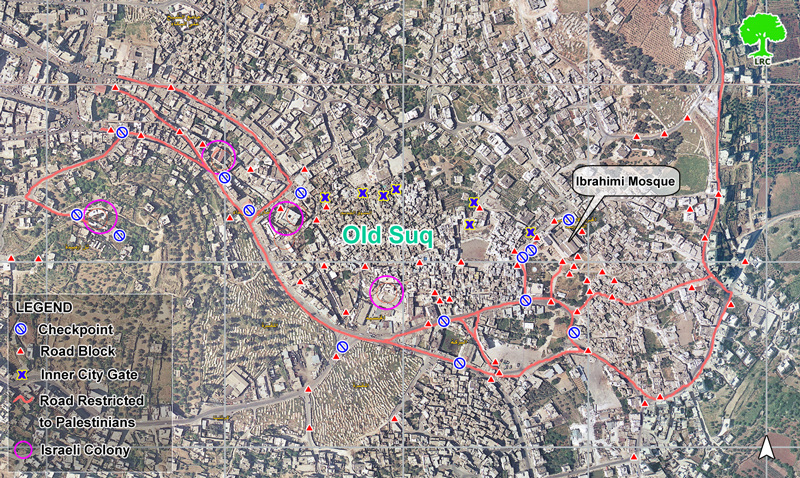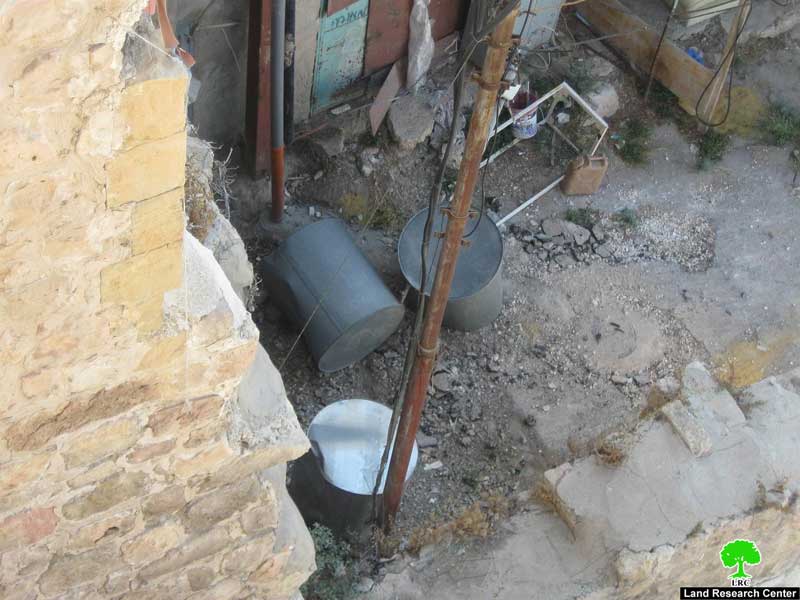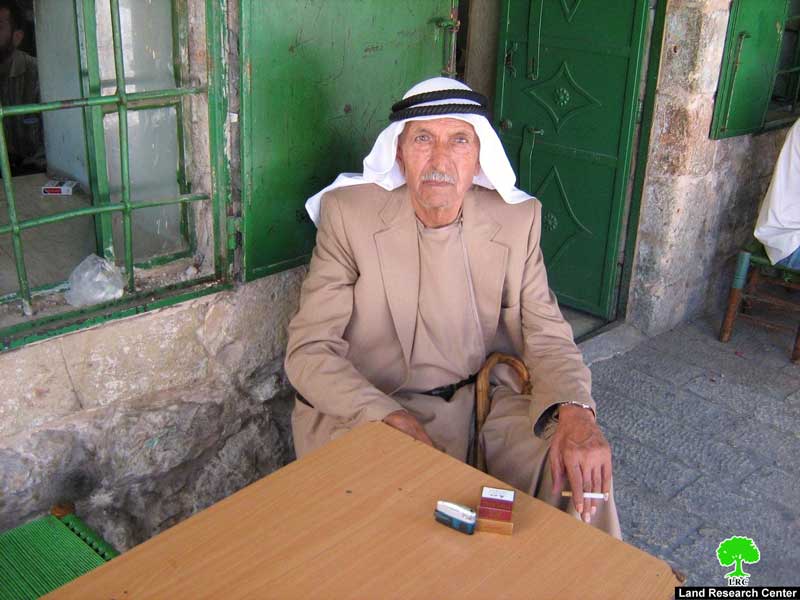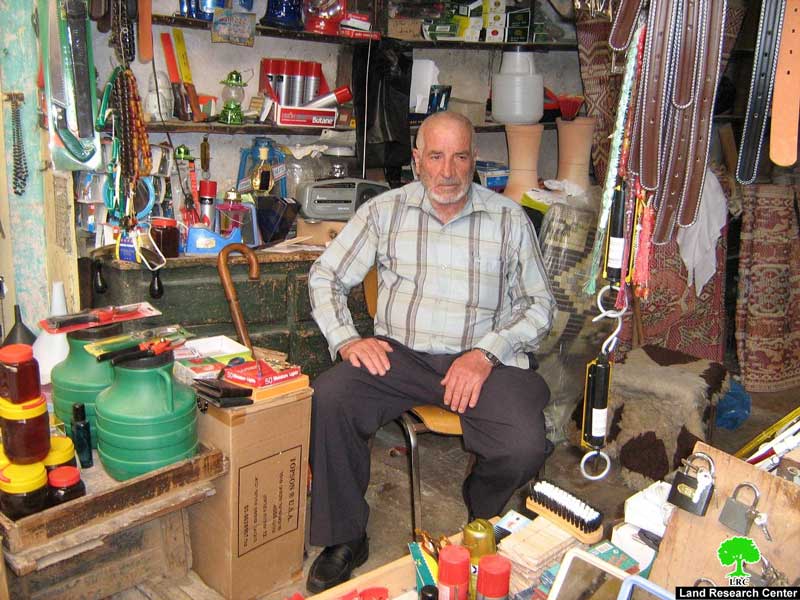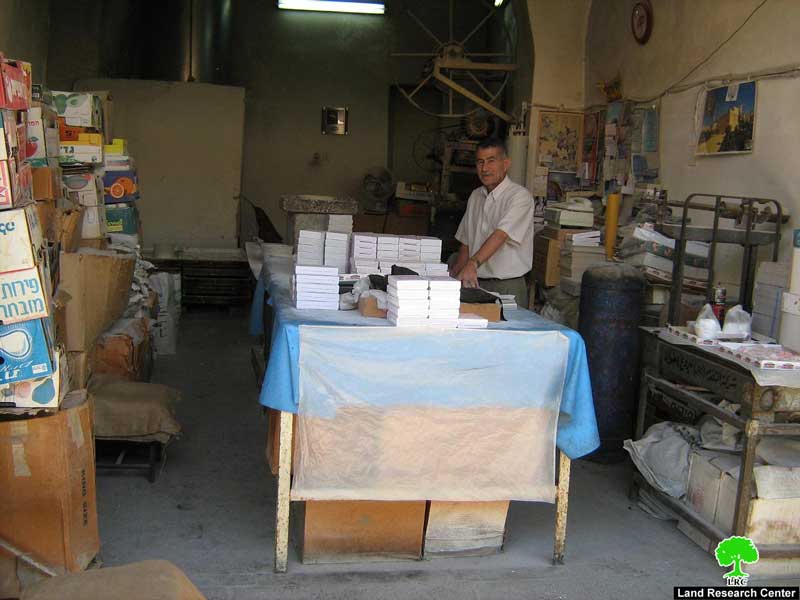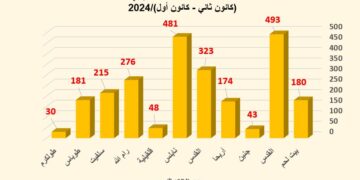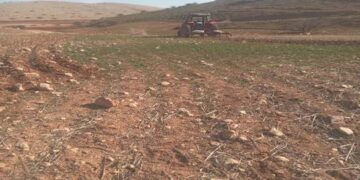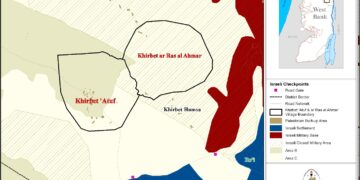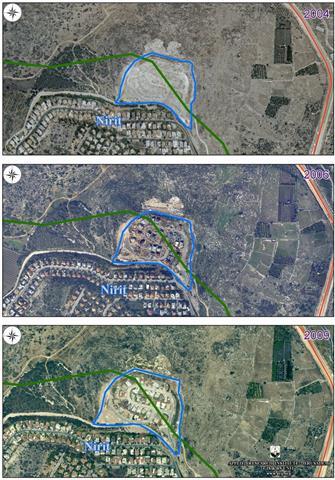Photo 1: General view of Hebron’s old city
Israelis settlers escalate their attacks and steal the joy of Ramadan inside Hebron’s old city
Israeli settlers in Hebron’s old city have escalated their attacks and aggressions against the Palestinian citizens and property. Amongst the latest aggressions, according to Hebron Rehabilitation Committee was the construction of stone walls and small basins in a piece of land owned by the family of Hirbawi and located near the Al Shuhada (martyrs) street in the heart of the city. As part of this aggression the settlers, also, introduced an electric generator in the land and plantd it with olive seedlings in preparation for total confiscation.
Background:
The city of Hebron dates back to the early bronze age about 3500 BC when Tel Arumaida was built by the Arab Canaanites and it has been continuously inhabited ever since. The city is located 34 km south of Jerusalem and, currently, it is the second largest city in the West Bank after Nablus with a total municipal borders of 50.15 and a population of about 200 000. Its elevation ranges from 930M to 1027M
.
The city was divided into Hebron 1 and Hebron 2 ( HI & H2) by the Hebron protocol agreement that was signed on January 7
th, 1997 between Israel and the PLO. According to this agreement, about 20% of the total area of Hebron city, including the whole of the old city and the Ibrahimi mosque, remained under Israeli security and civic affairs while the remaining 80% became under the Palestinian security and civic affairs, although, after the Israeli military re-occupation of all zone A in the West Bank in April 2002 the whole city falls now under the Israeli security affairs. In H2 there are between 400 -600 Israeli settlers living in four colonial posts protected by 2000 Israeli soldiers amidst 45,000 Palestinians. The settlers enjoy a network of roads banned for Palestinian use inside the city
A profile of settler violations in August
-
Bulldozing a piece of land at the entrance to as Sahla street opposite the Ibrahimi mosque near the old vegetable market which has been closed since the year 2000.The land is owned by the heirs of the Late Husin Al Ashab from Hebron. The settlers cut down all the in the land for recreational purposes.
-
Attacking the closed commercial stores of Al Kayal family destroying their lockers, taking off the doors and vandalizing them.
-
Beating Mr. Nizam Al Azazmeh, 32 years old: A group of 20 settlers intercepted Mr. Al Azazmeh whilst going back home to Abu Sneina quarter through Al Shuhada street directing insults and harsh words to him, hurling a chair at his head and stoning him before fleeing the scene. As a result he was badly injured in the head, arm and abdomen. All this happened under the sight of Israeli soldiers manning the street. Mr. Al Azazmeh had no other choice but to phone his friends who rushed to the scene and transferred him to Hebron governmental hospital for treatment.
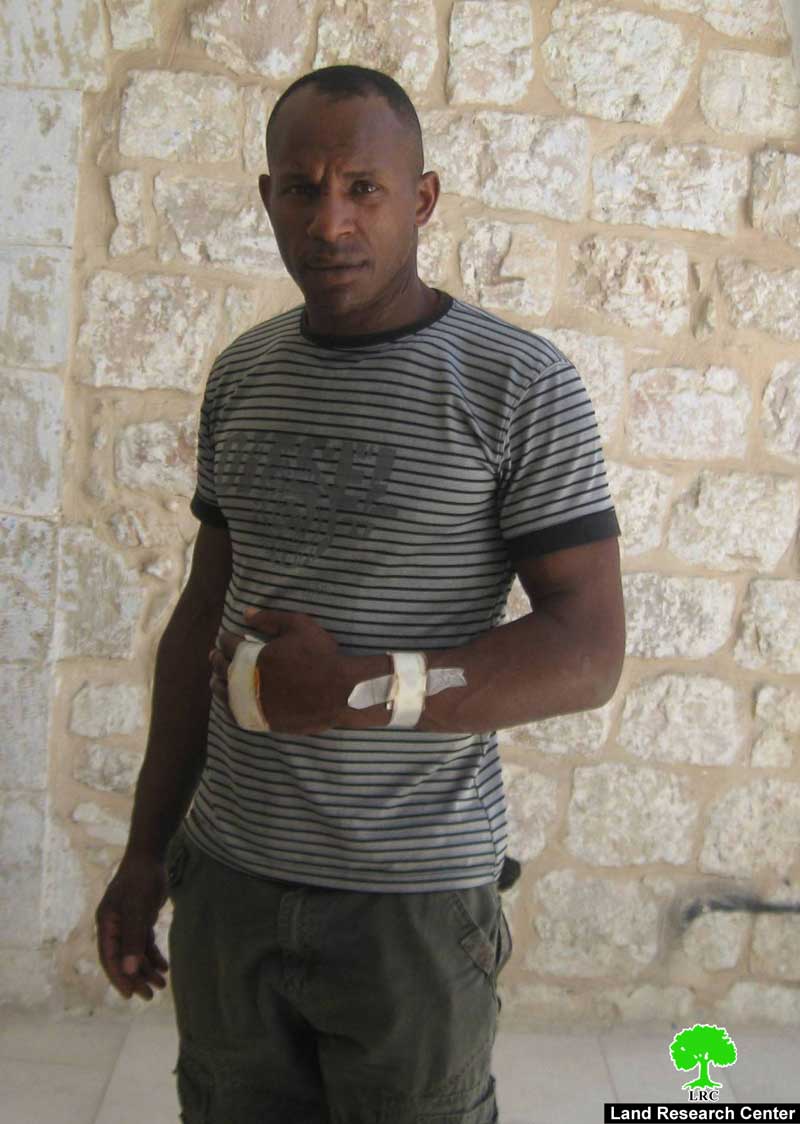
Photo 2: Mr. Azazmeh after the attacked
The family of eleven members live in miserable conditions inside its old house in the back of the colony in the old Suq and they continuously face attacks and threats either from the soldiers manning a near by house roof or settlers who last January set the whole house in ablaze during the settlers’ rampage campaign in the city protesting the evacuation of the ar Rajabi building by the Israeli army after about two years of occupation.
Photo 3: Results of the settlers’ attack against Al Weiwi’s house
- Stealing the joy of Ramadan: Talking to LRC field researcher, Haj Khalil Abu Shamsiay, 82 years old, remembered the glorious old days of Ramadan inside the old city. He said that the city used to be very crowded of visitors and shoppers during the whole month of Ramadan, a phenomenon un-witnessed today due to the spread of settlers all over the place. Mutual family visits and traditional festivals have become precarious because of the continuously tense situation inside the old city areas.

Photo 4: A panoramic view of the old city with the Ibrahimi mosque being in the center
Photo 5: Haj Khalil Abu Shamsiay
In another interview, Mr. Mohammed an Natsha who owns a grocery in the old Suq sinfe the fifties of the last century said to LRC field researcher that: ‘ The settler’s ongoing violence has forced many merchants to shut down and move to safer places in the city. I work from early morning until 2 PM to gain few Shekels to support my family. The commercial life here is almost dead as people are reluctant to come to this part of the city because of the presence of settlers. Sometimes, the settlers steal and/or destroy our exhibits. In general, this situation has ruined the old city and this ruin can be clearly seen on the eve of Ramadan’.
Photo 6+7: The empty streets of the old Suq
Photo 8: Mr. Mohammed an Natsha
An owner of a sweet shop in the old Suq, Mr. Abdul Mu’iz Sider, told LRC field that the Israeli occupation’s systematic policy, in general, aims at emptying the old city of its indigenous people for the benefit of Israeli settlers. He added that his sweet factory used to produce a variety of sweets, but nowadays the only produce is the Halqum ( Turkish delights ) because of the lack of buyers.
Photo 9: Mr. Abdul Mu’iz Sider
A city broken by barricades:
As part of its ongoing policy of closure, cantonization and imprisonment, the Israeli occupation authorities have introduced more than 101 forms of closures inside H2 for the purpose of protecting the settlers. According to the United Nations Relief and Works Agency for Palestinian Refugees (UNRWA) the following is classification of these closures:
|
Closure type
|
Number on ground
|
|
checkpoint
|
17
|
|
Inner metal gates
|
7
|
|
Fence
|
9
|
|
Cement blocks
|
29
|
|
Iron gates
|
14
|
|
Barrels filled with cement
|
12
|
|
Earth and rock mounds
|
13
|
|
Total
|
101
|
Source: UNRWA office, Hebron
Related case studies:
::::::::::___
[1] Source: GIS unit at LRC
[2] Source: Hebron’s municipality


